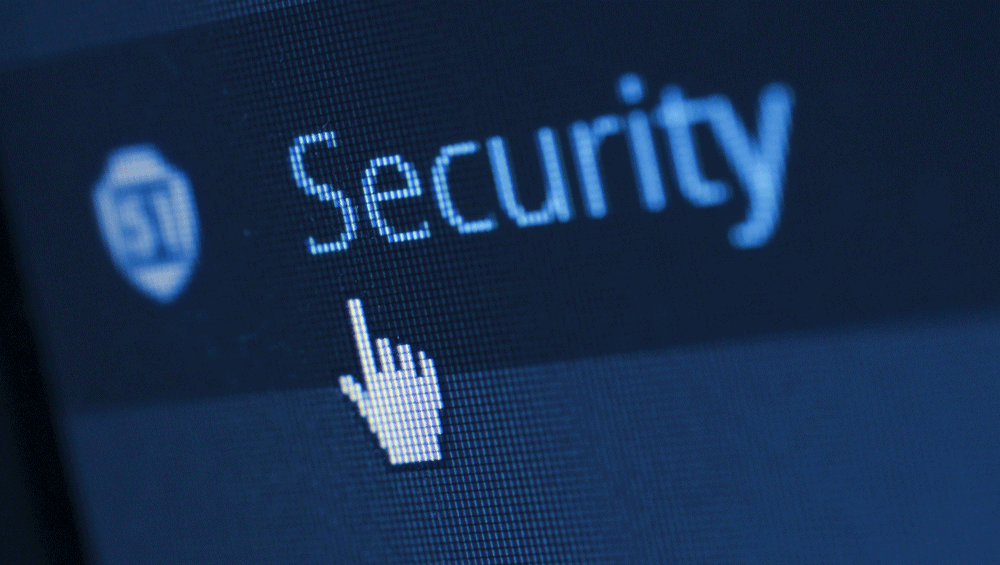Online safety is getting better as time goes on, but even with the safest technology on the planet, just like the technology used by financial institutions, there are still some issues with scamming when making money transfers.
While transactions themselves are extremely safe, issues can still occur when sending or receiving money in the wrong ways, or by accidently sending funds to the wrong people. Which still leaves many people wondering, “can you get scammed with bank transfer?”
All of this when put together is why it’s important to learn about what is and isn’t safe when it comes to bank transfers, so you can feel secure in knowing you won’t be easily scammed.
Safety of Transfers
The best place to start with such an important topic is with the safety of modern financial institutions. As stated, although it is possible to be scammed into doing things incorrectly, the transfers themselves are highly secure. That is because of a combination of factors, but more than anything, it comes down to two things in particular.
Bank Account Laws
Firstly, it’s important to understand the requirements for a financial account. Under federal law, to set up an account, there are numerous things that need to be in place and this is the biggest reason why everything related to personal finance is so secure. In order to even set up a most accounts, all of the following have to be in place:
- Government I.D.
- Social Security Number
- Proof of Address
Because of these things, it’s extremely difficult to have an account in any name, shape, or form that is different from a real one. That means that any transactions which go through the account are extremely easy to trace, and should anything go wrong, however highly unlikely, there is a safety net of accountability.
Financial Tools
The next step in understanding the security of money transfers and scam protection is understanding the systems that are in place when these transfers are occurring.
With banks, transfers will usually either take place through Fedwire, which is facilitated by the government or through CHIPS, which is a system owned and operated by some of the biggest banks in the world.
The security that these systems have is incredible, and they meant to ensure your transfer is safe from hackers and other fraudulent activities. The only possible issue lies with who you choose to send and receive money with, or an error on the users end.
The banks all communicate with each other rapidly, meaning that their margin for error is minuscule. This is reflected in online banking too.
Potential Issues
Although most financial institutions are massively safe, that isn’t to say it is impossible to get scammed with a transfer. Whenever it is possible, it comes from human error, i.e., it happens because the person in charge of the account has allowed it, usually through deceit and manipulation. Two of the most common vessels for these kinds of scams are through wiring cash, and through international bank transfers.
Wiring Cash
Wiring cash through systems like Western Union is one of the first places many people fall into traps. Sending cash to these places, for whatever reason, means that people are collecting cash directly. That means there is no bank account to be held accountable on the receiving end, and it’s much easier to carry out fraudulent activity.
On top of that, the cash can be collected from multiple different places too, and after one has withdrawn cash from a WU transfer, they become an easy target for theft.
International Transfers
Another common vessel for transfer scams comes from international transfers. Although financial accounts in the U.S. are highly secure and monitored, that is not to say that is true for such accounts all over the world. It’s actually possible for accounts overseas to do things like reversing transactions in some cases, so if you happen to accept money for something, for example, they may take it back. Be especially careful if you suddenly receive money unexpectedly from an unknown source, or are requested to send money abroad under even slightly suspicious circumstances.
The Takeaway
All in all, remember that modern financial institutions are safe, but any issues that occur are because of scammers tricking people, or because of user-errors. Stay vigilant, report any suspicious activity, and never think it’s easy to be too careful.
Content Disclaimer:
As of the date of publication, the information contained on this page is deemed to be factually accurate for all terms of conditions, features, and fees. Changes made to Cashero’s terms of conditions, features, or fees after the publication of this content may not be accounted for.
App Disclaimer:
The Cashero App is now available for download in both the Apple App Store and Google Play Store, though not all features are currently functional. Cashero has not yet officially launched.
